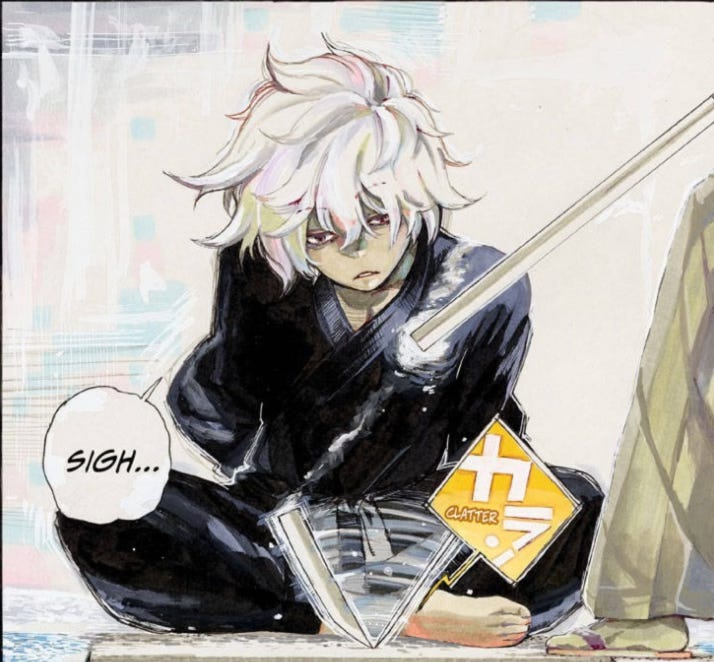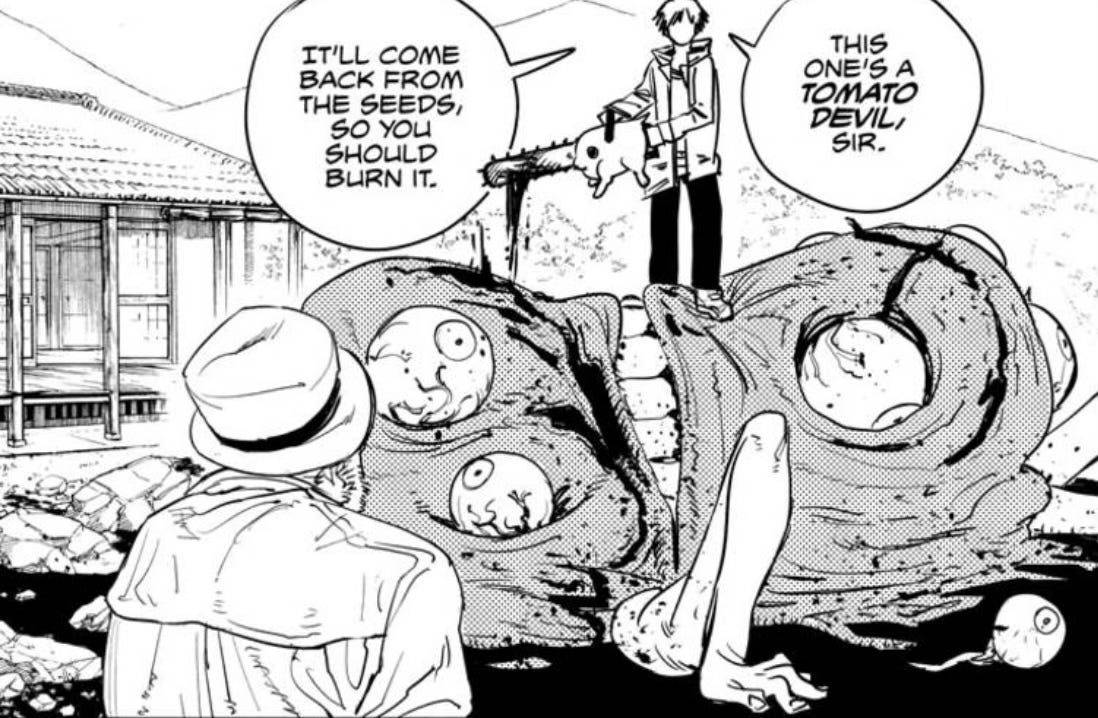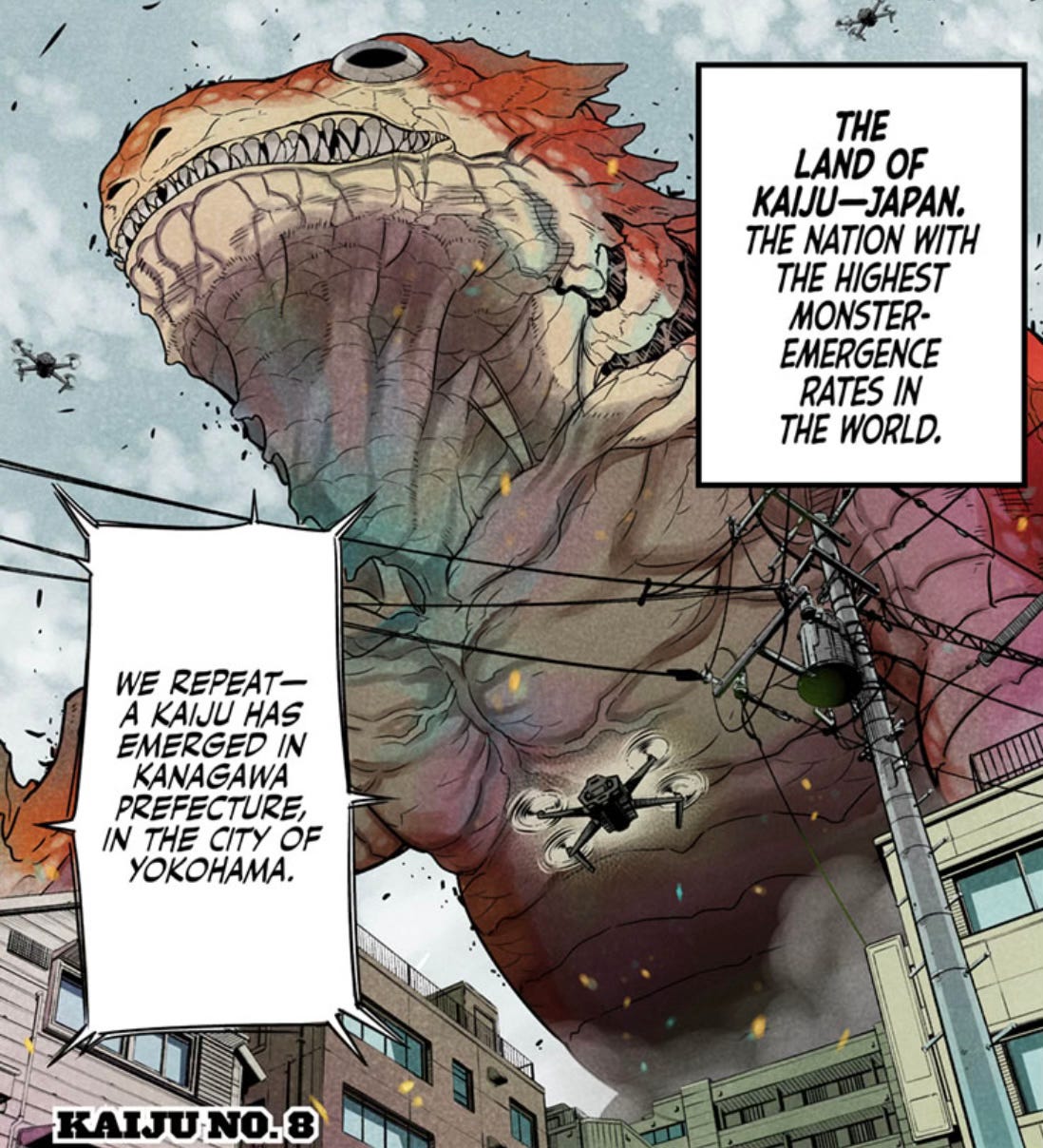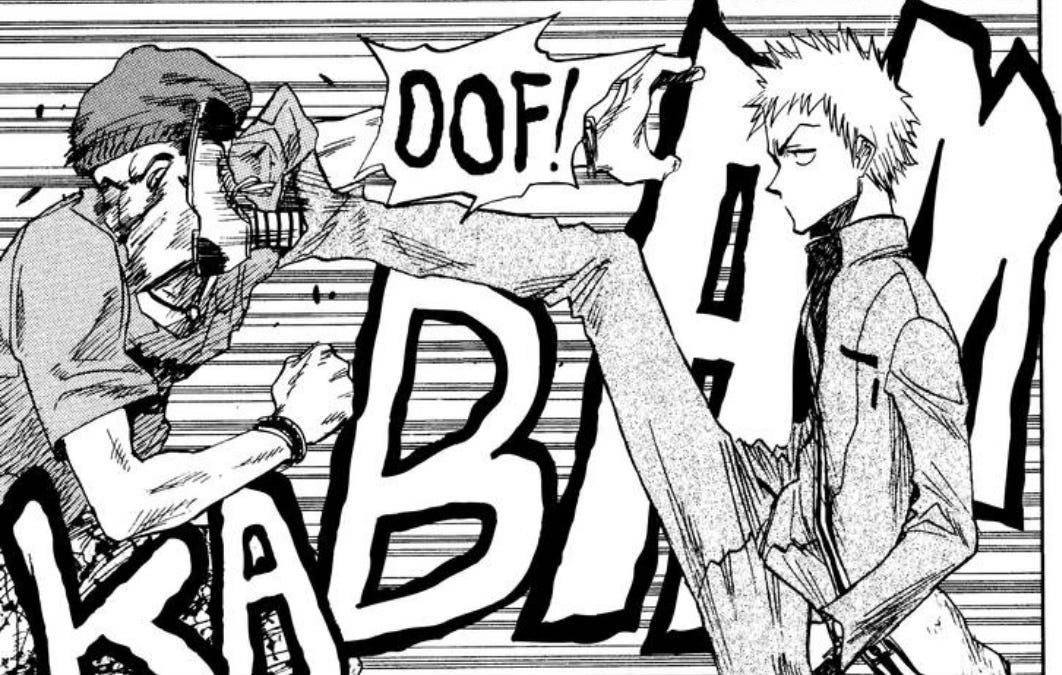Preface!
At AnimeNYC this year (the year of our Lord 2024), Kodansha brought out Katarina-sensei and Ryosuke Fuji-sensei to talk about the creation of Shangri-La Frontier, a story I have been enamored with for some time. In addition to Fuji-sensei doing a live drawing, Katarina-sensei spoke about the creation process.
Why am I sharing this? Because during the audience Q+A, one astute member of the audience asked about the beginning of Shangri-La Frontier, in which Sunraku, our brave and heroic protagonist, kicks a fairy queen square in the face.
“Why did you begin the story this way?” said audience member asked. (I’m paraphrasing.)
To which Katarina-sensei said, again paraphrasing, that his goal was to hook the reader right away, and explain it later.
I could probably stop right there, lesson bestowed, see you next week but—
Preface over!
I’m going to do something really pretentious and quote myself—please forgive me. Long ago, when I was a creative writing teacher (I still am, but I felt like being dramatic), I wrote an article about how important first lines are in a book.
“When the reader opens the book to that first line, it’s as if they’re opening up a line of credit with the author. But the tricky thing about that credit is that it has no substance right from the start. The reader could just give you one line and, if they don’t like it, they can close the book and move on to something else to read.”—Me.
I will always, 100%, unequivocally stand by the importance of first lines. There’s an old saying that the job of every sentence is to get the reader to read the next sentence. Bare bones, that’s true, but I would add that the more sentences you write, the less each sentence has to hold that weight. Each sentence can lean back on the previous sentence for support, if need be.
The first line has nothing to fall back on. The first line is everything all on its own.
By extension, that same philosophy applies to first scenes, first pages, etc. The sooner you can really kick your reader in the face, so to say, the less risk you run of them ditching your story for someone else’s.
Okay, let me tell you about Shangri-La Frontier.
Page 1: A pretty-pretty fairy princess is thanking our hero, Sunraku, for protecting her all this way.
Page 2 (and 3): Sunraku is kicking the pretty-pretty fairy princess square in the face and gloating over it.
It’s marvelous.
Truly exceptional.
An inspirational for all.
Revel in it
Its one of those openings you have to sit with to really believe it happened, as well as to consider the implications. Do we actually not like Sunraku? Is he an anti-hero? Is she okay? Is this real life? Am I asking too many questions?
Whether you watch the anime or read the manga, or (like me) both, the scene still delivers the same unforgettable feeling of, “yeah, gotta hang around a bit longer to see what this is all about.”
Which is exactly what Katarina-sensei intended, by his own admission and, clearly by his own execution. Hook the reader, explain it later.
Throughout the course of the next few pages, Shangri-La Frontier reveals the context behind the kick to the face. Sunraku is an avatar that our hero Rakuro plays as in the trash VR game Faeria Chronicle Online. See, Rakuro is a skilled gamer who takes pride in beating glitchy, trash games that are excessively difficult because they’re poorly made. He kicked the princess after an arduous journey where she screwed everything up, because the game sucks. That simple.
And onward Rakuro goes, he gets a new game, gets his bird head, and that kick to the face is all but forgotten about, save for by people like me who regularly revisit the spread because it’s hilarious.
Really though, once you settle into the virtual worlds of Shangri-La Frontier—and even the real world—you really don’t remember that kick to the face.
Which is an excellent reminder that the primary job of an opening scene or sequence is to hook the reader. You don’t necessarily need to connect it to the emotional payoff, or foreshadow the journey to come, you just need to get your readers interested. Now if you want the opening to do more than that, sure, go for it, but primary objective: hook the reader. Everything else is secondary.
I think now, as I often do, about Lord of the Rings. That whole preamble of an opening where Galadriel explains the world to you in 20 minutes of ring-forging. You know who skips that every single time? Me.
As much as I love Lord of the Rings, it’s not in your best interest to begin with a lengthy preamble of the context of your world. Not today. Not with attention spans being what they are. Or rather what they aren’t. It’s far more useful for you to begin with a hearty face kick than expositional world-building. Full stop, lesson bestowed, see you next week but—
You also have to consider the tone of the story. Because along with hooking the reader, that opening line or sequence needs to set the tone. A face kick sets a certain expectation, and it helps set the foundation for Rakuro/Sunraku and his personality. Not every story should open with a face kick. Or maybe every story should, but for the sake of exploring options, let’s say that not every story should.
There are any number of ways to hook a reader, but it starts with a simple question: who is your reader?
Are they fans of literature, reveling in delectable verbiage? Open with a well-written sentence that’s bursting with class.
Are they fans of death-defying action? Open like the Sherlock Holmes movies open, with a tense and pacey sequence in which a dark ritual is thwarted.
Want to make an opening bang? Begin like Andy Weir began The Martian: “I’m pretty much fucked.” Or the way that Iain Banks began The Crow Road: “It was the day my grandmother exploded.”
Do they value a sense of place? Then begin akin to Paule Marshall’s Brown Girl, Brownstones:
“In the somnolent July afternoon, the unbroken line of brown stone houses down the long Brooklyn street resembled an army massed at attention.”
Katarina-sensei crafted the perfect opening for his story. He knew the audience he was writing too. He knew what they valued. He knew what his protagonist was like. He built a hook based on that—knowing his reader, knowing his character.
You may be thinking, “it’s just one line, who cares?” I hope you’re not thinking that, but you still may be, and I’ll try not to hold that against you. Sure, it is just one line, but there is no singular line more important to a story than that first one.
But before I get too invested in first lines, in the simplest terms, let’s think about openings in general, especially in visual storytelling. In order to do that, I’ll pull some other manga examples that, at some point in the opening sequence, dropped the goods. First up, as it always should be—Hell’s Paradise.
Before the title even drops, Gabimaru is sitting here, bored as can be, about to be decapitated for his crimes. But he’s not worried at all. As readers, you may wonder—is he just tired of life? Has he reached rock bottom? Has he accomplished all he could have ever wanted? Nope. None of that. As we see from this panel, he can’t be decapitated. His body breaks the sword without any effort on his part.
So many questions, such a simple opening. It has character, setting, plot, personality, it has it all.
Next up, Chainsaw Man:
If that’s the tomato devil, what are other devils like? What exactly is Denji holding? He’s knowledgable, so has he killed more of these? Who’s the fella observing? Talk about a vibe setter, this captures the entire vibe of Chainsaw Man, and all in one visual. There’s character, setting, plot, visuals, vibes, and oh so much.
Next up, for those who want to drop the world-building in the opening, look how Kaiju No. 8 does it.
That’s a pretty gnarly beast, we’ve established the threat, but in one narration caption, they also convey the overall context of this visual with the rest of the world. It sets the stage, we haven’t met any characters yet, and yet it’s still looming rather large—pun intended—that the world is facing these kinds of threats. It has setting, plot, danger, action, and more.
There are so many ways to start a story, but it always comes back to one thing—this is your story, what best captures your story? Does it leave the reader asking questions? If not, it should.
And, when in doubt, open with a face kick. Which, interestingly, is not isolated to Shangri-La Frontier. DandaDan did it…
and so did Bleach…
Hooray face kicks!
Hey, creatives—check out your opening sequence and evaluate it as a standalone piece of art, whether it’s a panel or a paragraph. Take your opening sequence and use one of the tactics you’ve seen here to shake it up—get overly dramatic, drop in some shock value, beautify the word choice, ground the reader, whatever fits the vibe, but try something else, and see how it feels. Mainly, make sure there are questions being asked after your opening.
Hey, fans of Shangri-La Frontier—Katarina-sensei also said that Sunraku’s head was between a bird head and a horse head. No question here, just want that visual in your mind like it’s in mine.











I like that you point out how the genre, mood, tone and audience all play a part in how to shape the opening of a story. Sometimes I find opening lines in some books a bit gimmicky? If that makes sense? Like the writer is trying too hard to grab your attention... but maybe that's just me. If I'm going to be manipulated, I don't want to be able to tell... I want to remain blissfully ignorant of the fact 😂 if my attention is grabbed too hard I switch off. But the stories that do this well have a sense of authenticity to them.... like that is genuinely the narrative vibe and personality of the story, so that's OK. And the ones that are a bit gimmicky don't seem able to maintain the initial vibe. Halfway through the first chapter it's like you're reading a different writer's work. I always tell my students that it's about voice more than anything. Does the story have a personality (another way of daying mood/tone, I guess) and can you tell what it is right from the start? Opening lines/scenes are hard to do well, but so important because they really are make or break for engaging most readers/audiences.
I must be in the middle category, being an early millennial where my attention span isn't quite as fucked as other to come, but I liked the opening of Fellowship of the Ring, the explaining of the mythology really piqued my interest for what was to follow, so much that I brought all the books and read them multiple times. Would it work in a comic? Maybe not. But movies and books have a different sense of time and acceptance to them.